Many cars from the past are often remembered for their unique designs, but some also introduced features that were ahead of their time. These vehicles may have faded from the spotlight, but their innovative technology continues to influence modern automotive engineering. Let’s take a closer look at ten such cars that were surprisingly forward-thinking in their features.
Tucker 48
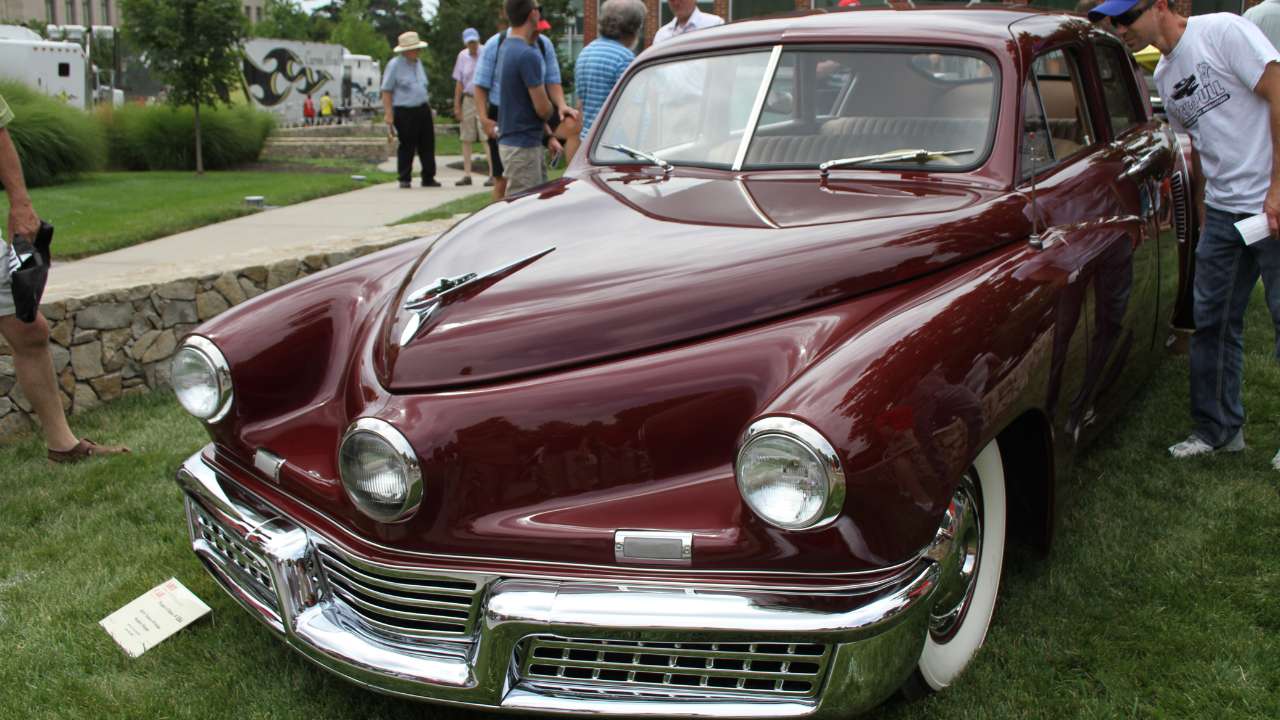
The Tucker 48, also known as the “Tucker Torpedo,” was a trailblazer in the automotive world. Produced in 1948, this car boasted several features that were revolutionary at the time. The most notable was the “Cyclops Eye,” a third headlight that swiveled with the front wheels to improve visibility around corners, a concept that is seen today in the adaptive headlights of modern vehicles.
Additionally, the Tucker 48 was one of the first cars to include a padded dashboard for safety and a rear engine, rear-wheel-drive layout, which provided better traction and handling. Although only 51 units were ever produced, the Tucker 48’s legacy in automotive innovation remains significant.
Citroën DS
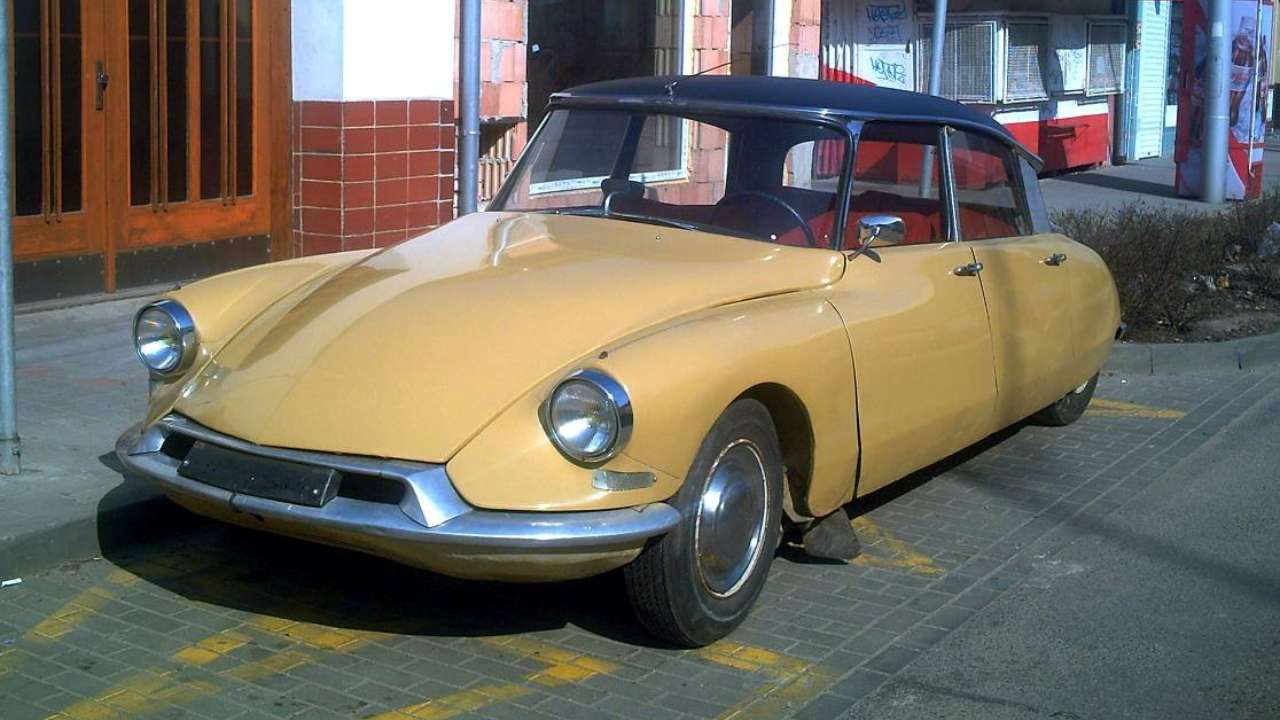
The Citroën DS, introduced in 1955, was a car that redefined automotive design and technology. Its most groundbreaking feature was the hydropneumatic self-leveling suspension, which offered an unprecedented level of comfort and ride quality. This system allowed the car to maintain a constant ride height regardless of load, a feature that’s commonplace in luxury vehicles today.
The DS also featured directional headlights that turned with the steering, enhancing nighttime driving safety. With its aerodynamic design and futuristic features, the Citroën DS remains an icon of innovation and style.
Chrysler Airflow

The Chrysler Airflow was introduced in 1934 and was a pioneer in aerodynamics and engineering. It was one of the first cars designed using a wind tunnel, which led to its streamlined shape that reduced air resistance and improved fuel efficiency. This focus on aerodynamics is a standard practice in modern car design.
Moreover, the Airflow featured an all-steel unibody construction, enhancing structural integrity and safety. Although it was not a commercial success in its time, the Airflow’s forward-thinking design principles laid the groundwork for future automotive developments.
Studebaker Avanti
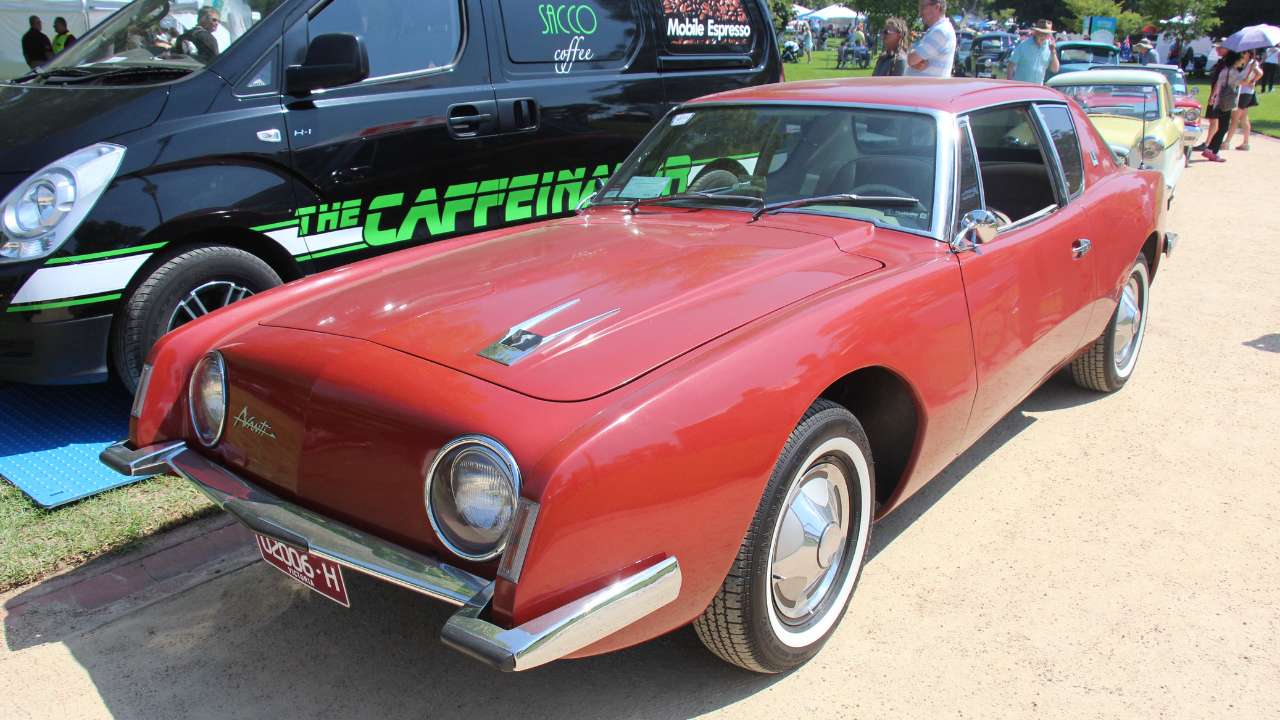
The Studebaker Avanti, launched in 1962, was a car ahead of its time with its fiberglass body and innovative design. It was one of the first American cars to offer front disc brakes as standard equipment, improving stopping power and safety, a feature that is now standard in all vehicles.
Additionally, the Avanti had a sleek and aerodynamic design that not only looked futuristic but also contributed to its performance. Despite Studebaker’s decline, the Avanti’s legacy continues as a symbol of American ingenuity and style.
Saab 900 Turbo

Introduced in 1978, the Saab 900 Turbo was a pioneer in turbocharging technology for everyday cars. Its turbocharged engine offered a significant boost in power and efficiency, paving the way for the widespread adoption of turbocharging in modern vehicles.
The Saab 900 also included other advanced features for its time, such as a wraparound windshield for better visibility and a focus on safety with its impact-absorbing bumpers and crumple zones. The Saab 900 Turbo remains a cult favorite among car enthusiasts for its performance and innovative design.
NSU Ro 80
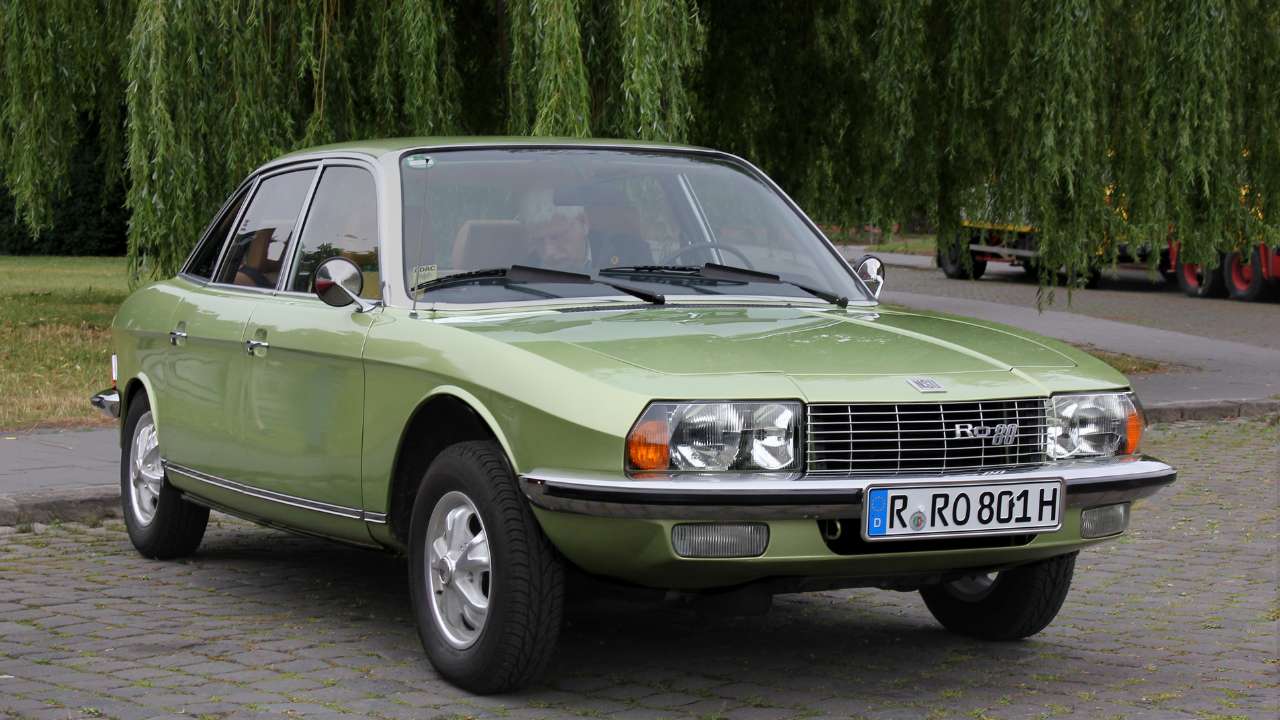
The NSU Ro 80, launched in 1967, was a technologically advanced car that featured a Wankel rotary engine, which was smaller and lighter than conventional piston engines while offering smooth power delivery. This innovative engine design, although not widely adopted, showcased NSU’s commitment to pushing automotive boundaries.
Besides its engine, the Ro 80 also featured a semi-automatic transmission and power-assisted four-wheel disc brakes, both of which contributed to a driving experience that was ahead of its time. The Ro 80’s combination of advanced technology and design earned it the title of European Car of the Year in 1968.
AMC Eagle
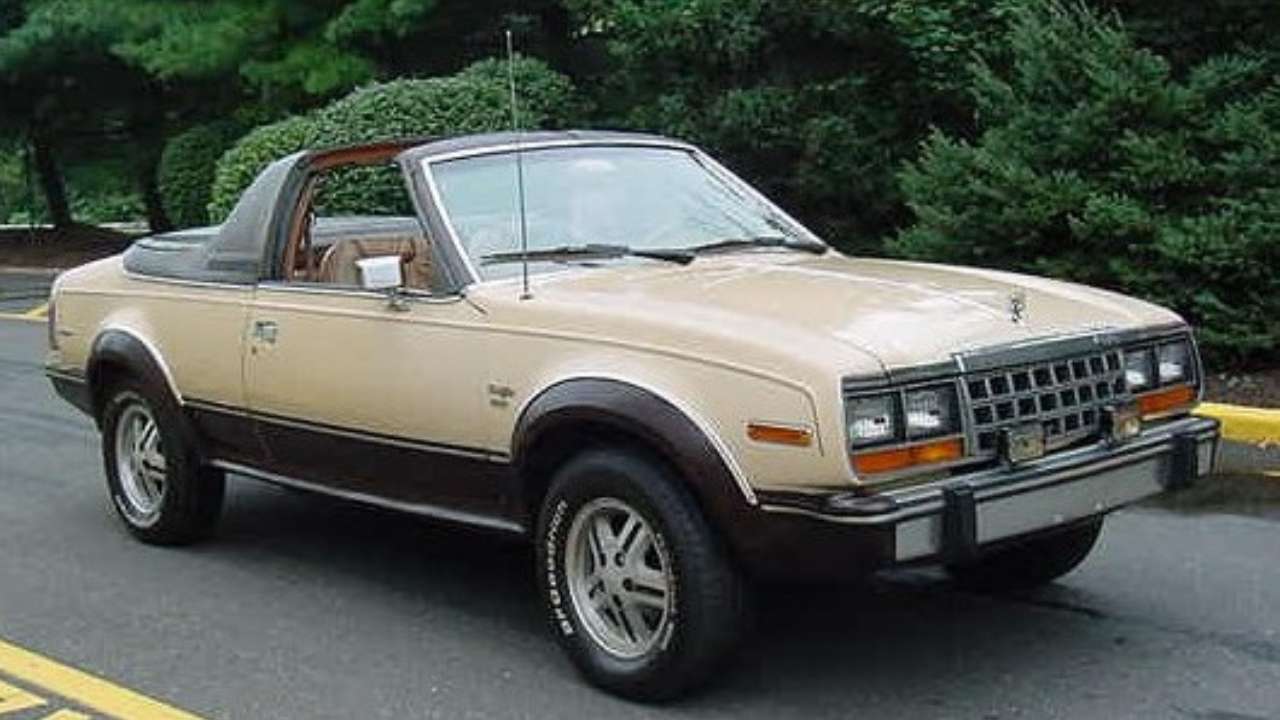
The AMC Eagle, introduced in 1979, was a precursor to today’s crossover SUVs. It was one of the first cars to combine the comfort and practicality of a passenger car with the off-road capabilities of a four-wheel-drive vehicle.
Equipped with a full-time all-wheel-drive system, the Eagle offered superior traction and stability, features that are now standard in modern SUVs. Its rugged design and innovative drivetrain made it a favorite among adventurous drivers and paved the way for the popular crossover segment we see today.
Oldsmobile Toronado
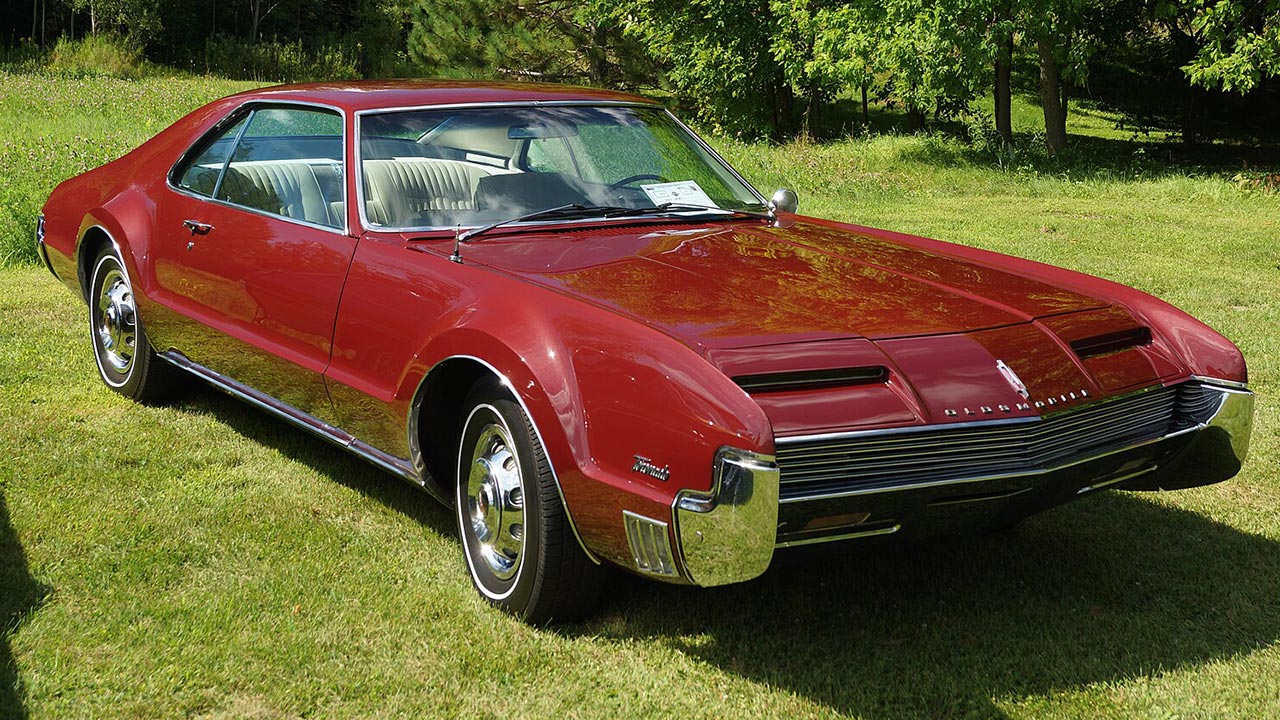
The Oldsmobile Toronado, launched in 1966, was a groundbreaking car as one of the first American vehicles to feature front-wheel drive. This drivetrain layout provided better traction and handling, especially in adverse weather conditions, and is now common in many modern cars.
The Toronado also boasted a powerful V8 engine and a sleek, aerodynamic design that set it apart from its contemporaries. Its combination of style, performance, and innovative engineering cemented the Toronado’s place in automotive history.
Audi Quattro

The Audi Quattro, introduced in 1980, revolutionized the automotive world with its all-wheel-drive system, which offered unparalleled traction and handling. This system became a hallmark of Audi’s performance vehicles and is now a standard feature in many of their models.
Beyond its drivetrain, the Quattro also featured a turbocharged engine and a striking design that made it an icon both on and off the rally stage. The Quattro’s impact on the automotive industry is evident in the continued popularity of all-wheel-drive systems in performance and everyday vehicles alike.
Subaru XT
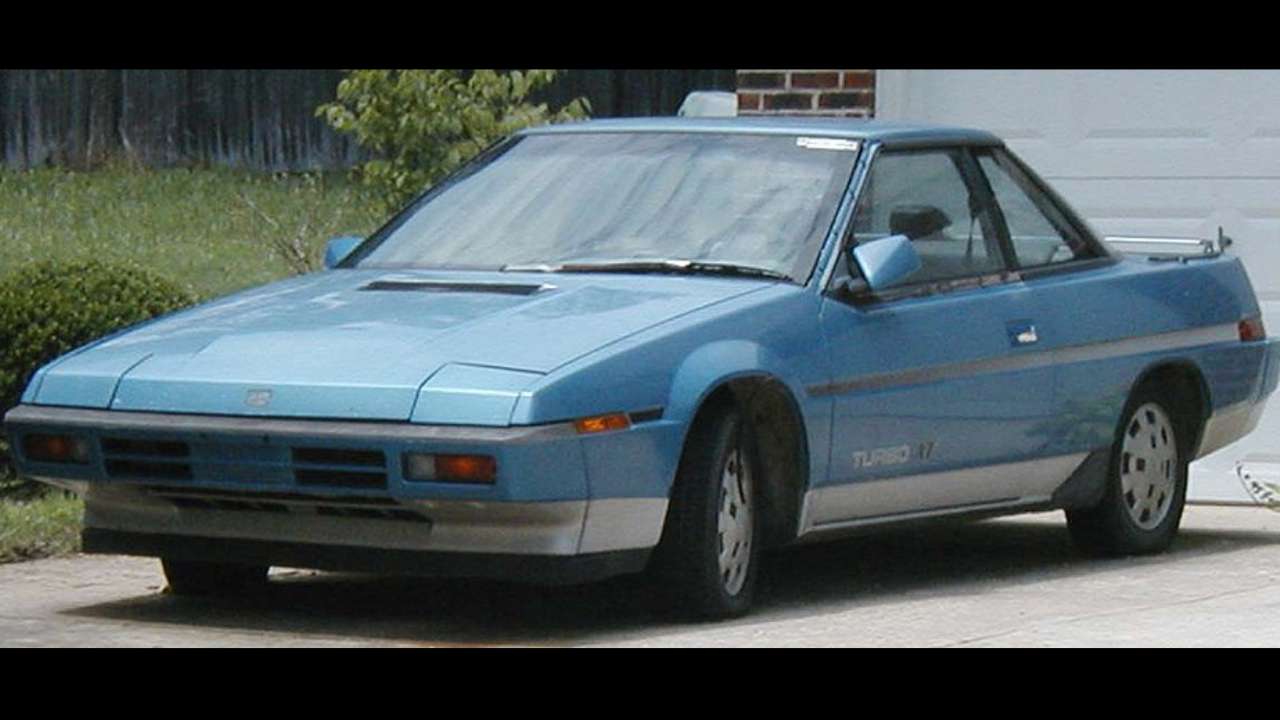
The Subaru XT, released in 1985, was a unique sports coupe with a design and technology that were ahead of its time. It featured a sleek, aerodynamic body and a digital dashboard interface that was reminiscent of a fighter jet cockpit.
One of the XT’s most notable features was its all-wheel-drive system, which provided excellent traction and stability, setting it apart in a market dominated by front-wheel-drive competitors. The Subaru XT’s innovative approach to design and technology helped pave the way for the brand’s future success in the all-wheel-drive segment.
Like Fast Lane Only’s content? Be sure to follow us.
Here’s more from us:
*Created with AI assistance and editor review.


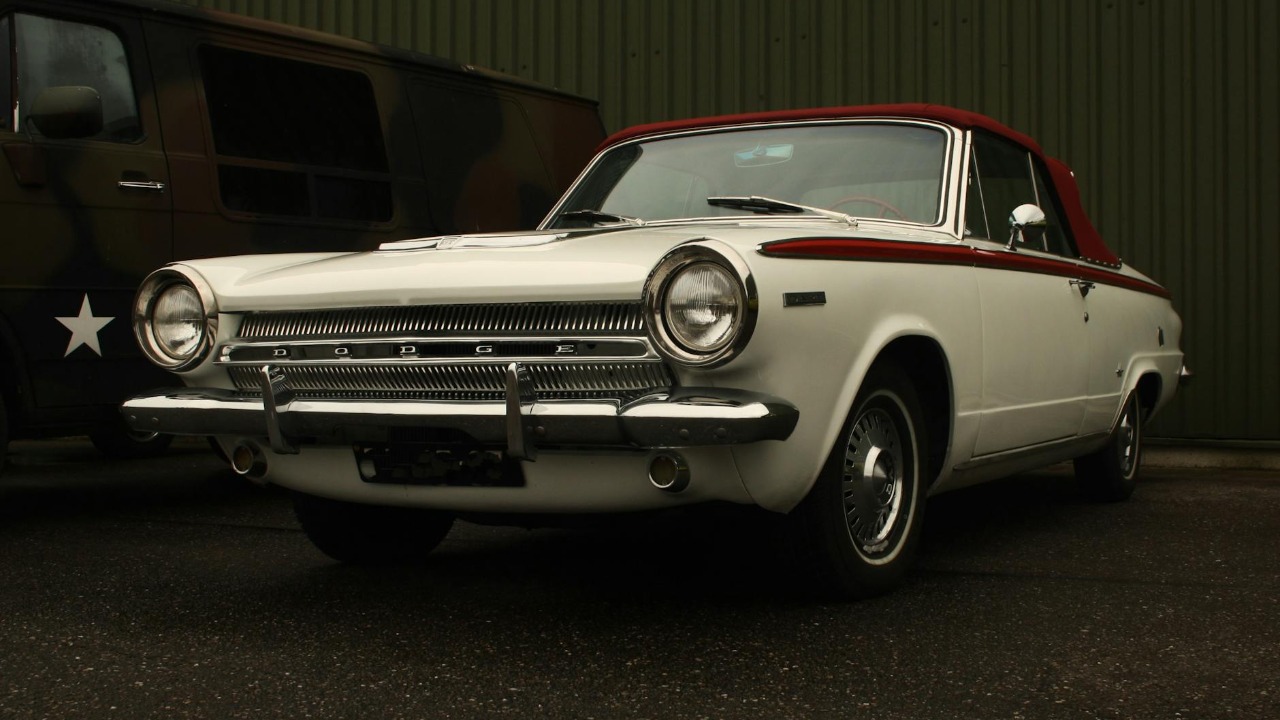

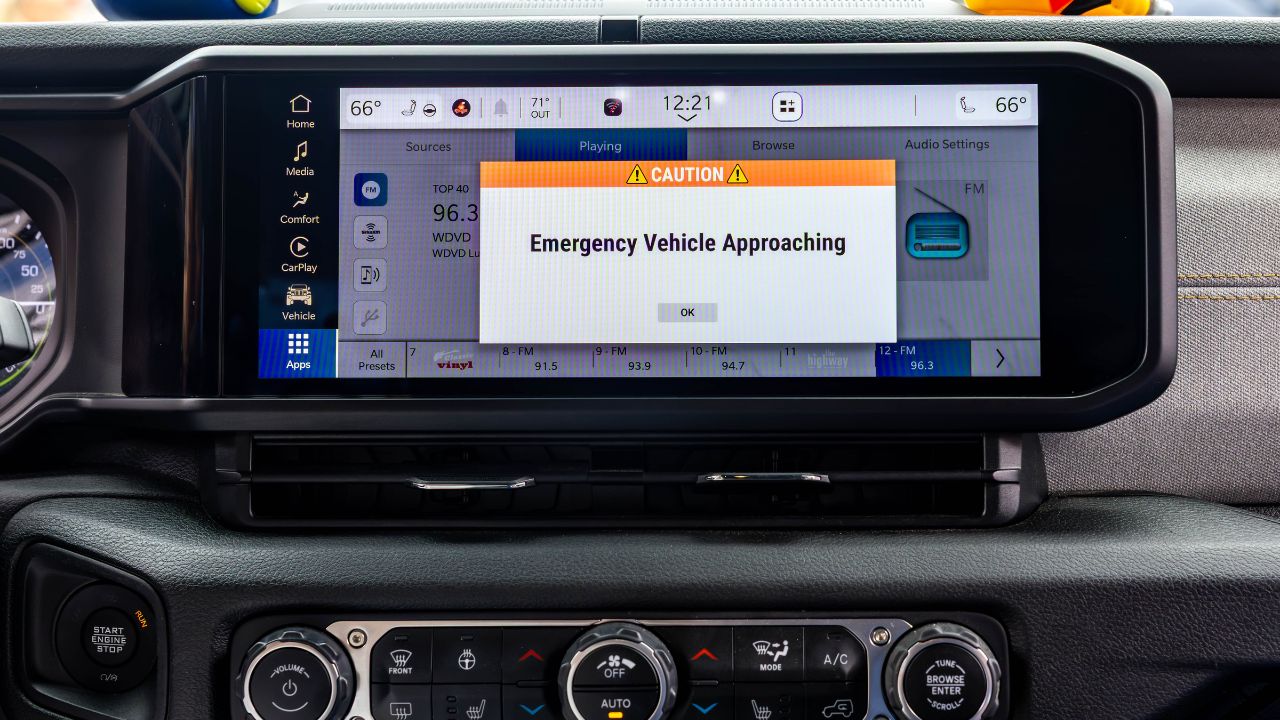
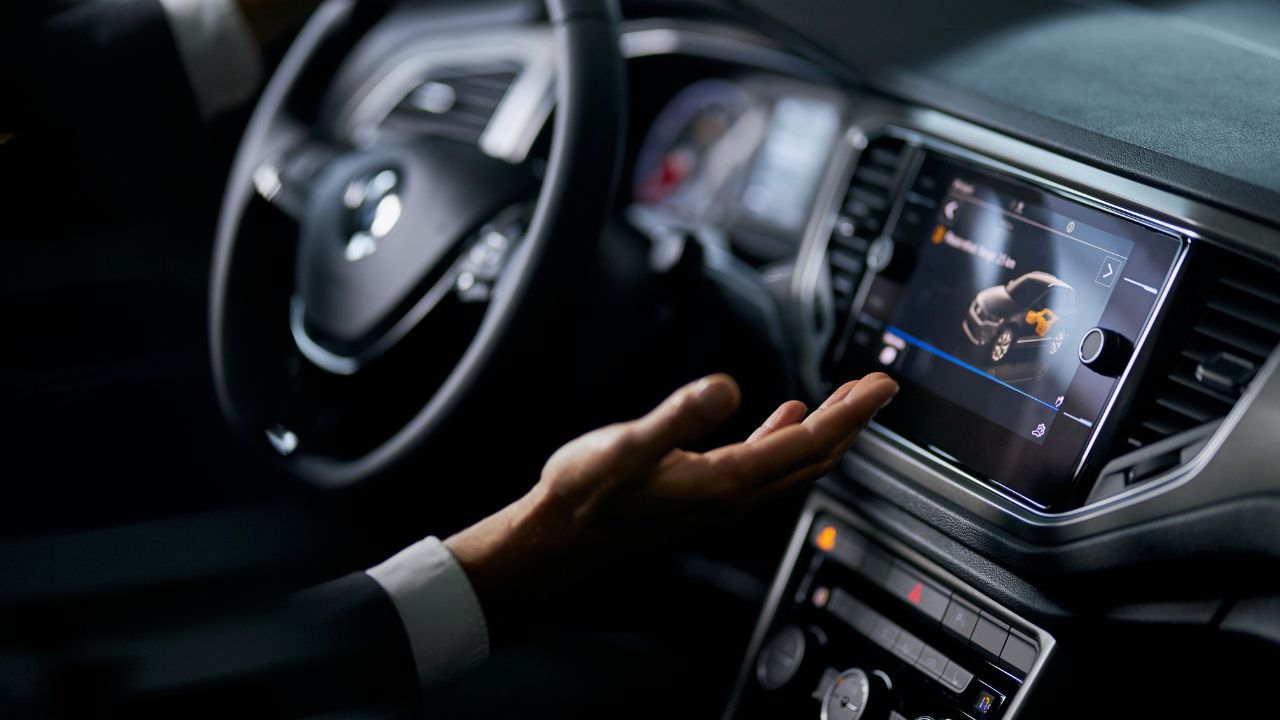

Leave a Reply